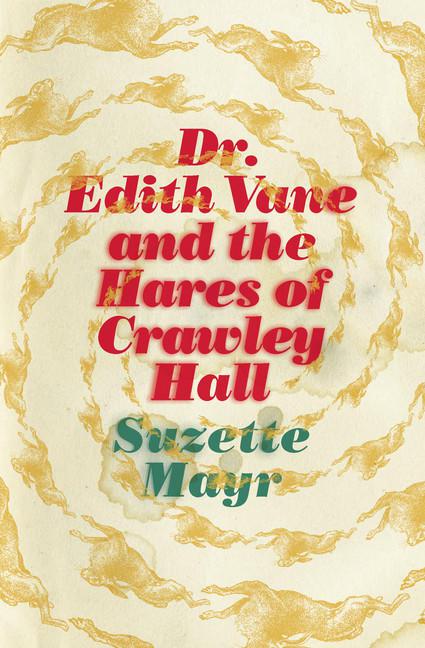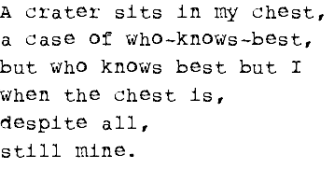Download links for: Wonders of the Universe


Reviews (see all)
Write review
To quote the words of Prof Cox: 'Amazing'Stunning photogrpahy and digestible physics
awesome read. don't read before going to bed though, you won't sleep ! :-)
یکی از لذت بخش ترین کتاب های که خوندم
Other books by History & Biography
Other books by Brian Cox
Related articles












